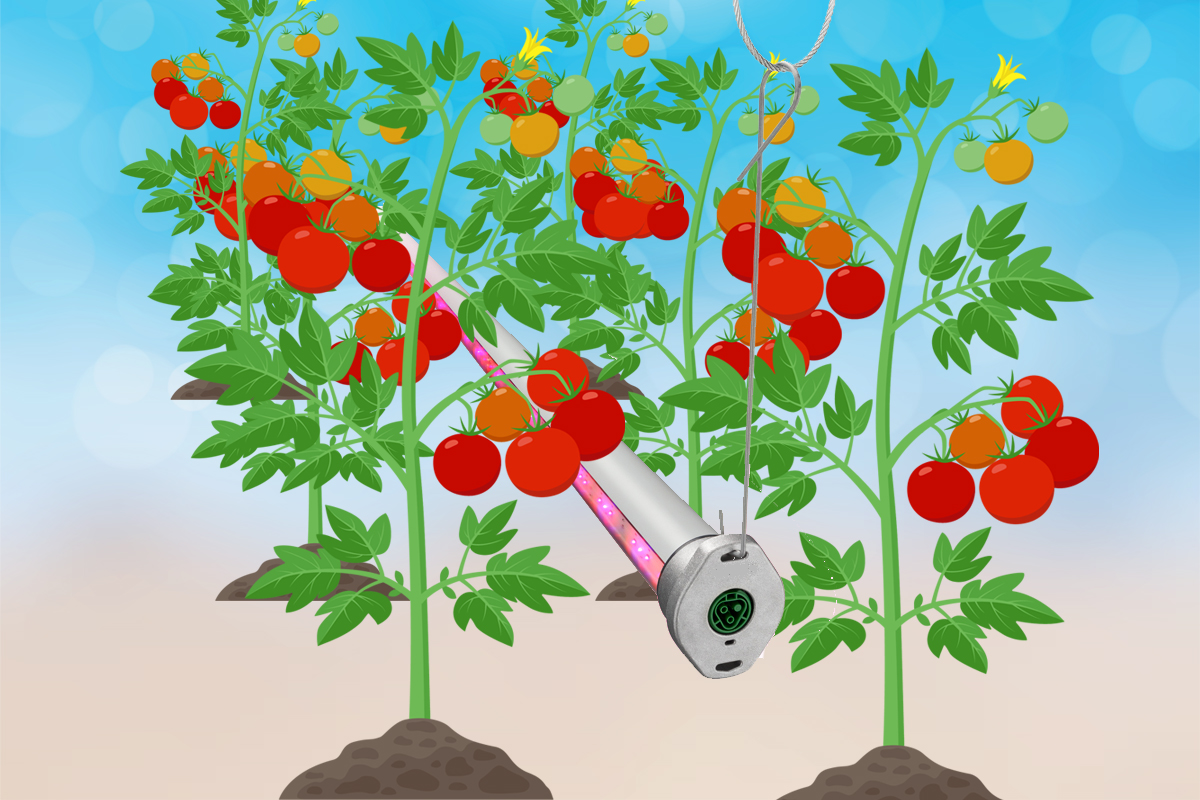
Horticulture interlighting is designed to provide supplemental light to leaves that are shaded lower down in the canopy, thereby enhancing photosynthesis and improving growth and quality of high wire plants such as tomatoes, peppers, cucumbers and roses. Light is electromagnetic radiation transmitted as photons which are classified based on their wavelengths. Photons in the photosynthetically active range of wavelengths are captured by photoreceptors in plants, called chlorophylls, to produce glucose from carbon dioxide and water.
In addition to the photosynthesis process which fuels metabolic processes and provides energy for biomass production, developmental and physiological responses such as seed germination, stem elongation, flowering and plant morphology are also under the influence of photons within and beyond the photosynthetically active radiation (PAR) range of wavelengths. The process by which the phytochrome, cryptochrome and phototropin photoreceptors drive changes in seedling morphology in response to light exposure after germination is known as photomorphogenesis. The effect of the length of the day (light period) and the relationship of the day to the night (dark period) on flowering is called photoperiodism. The transition from vegetative to reproductive growth in photoperiodic plants is regulated by the phytochrome.







